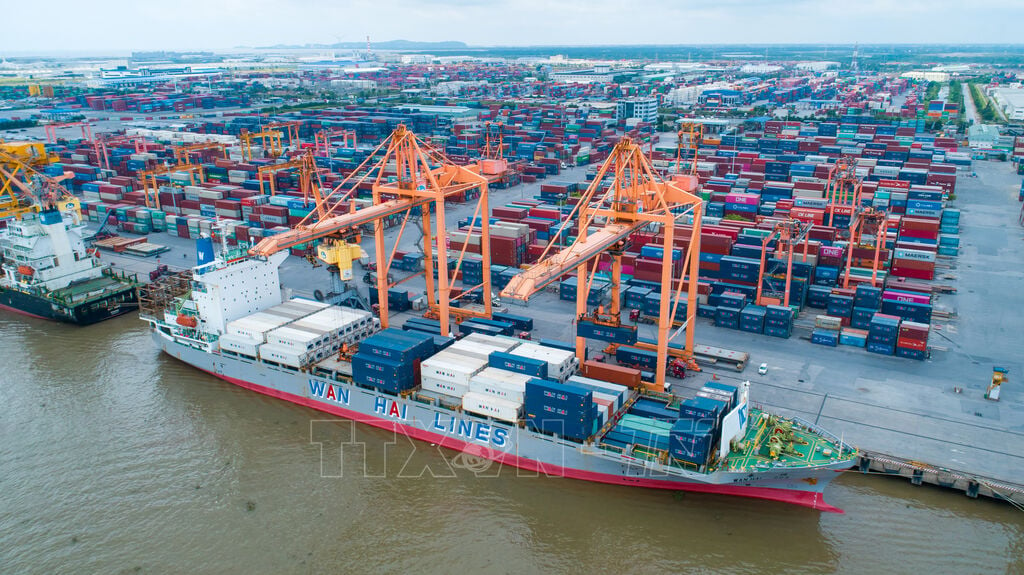
The Strategy identifies logistics as an important economic sector with high added value and a driving force for socio-economic development. Based on making the most of geographical advantages, marine economic potential, digital transformation and green transformation trends, the Strategy sets out specific goals.
2025 - 2035 period: The proportion of logistics services in the total domestic budget (GDP) reaches 5 - 7%; logistics costs/GDP reduce to 12 - 15%; LPI ranking in the top 40 countries; developing at least 5 modern logistics service centers; 70% of logistics workers are professionally trained (30% have university degrees or higher).
By 2050, the logistics/GDP ratio will reach 7-9%; logistics costs/GDP will decrease to 10-12%; LPI will be among the top 30 countries; 10 modern logistics centers will be built; 90% of workers will have professional qualifications; of which, 50% will have university degrees or higher.
To realize the goal, the Strategy proposes 9 groups of solutions and key tasks. One of the key solutions is to build and promote digital customs and smart customs models. This helps shorten customs clearance time, reduce costs and make the process transparent. In addition, the issuance of a set of criteria for classifying logistics centers will create a foundation for effective planning, management and investment attraction.
The strategy emphasizes reviewing, amending and supplementing legal regulations related to logistics to create a transparent and fair business environment. In particular, reforming administrative procedures, applying electronic documents, and building a system of national and international standards for logistics activities. Thereby creating a solid legal basis, encouraging the private sector to strongly participate in the logistics sector.
Among them, priority is given to the formation of logistics centers in Hanoi , Ho Chi Minh City, Hai Phong and Da Nang, linked to seaports and international airports. The solution to develop the national container fleet is also very important, increasing the initiative in international transport. In addition, the Strategy focuses on the formation of large-scale, modern logistics centers in key economic zones; investing in upgrading the system of seaports, airports, dry ports and international railway systems. At the same time, priority is given to the development of logistics infrastructure serving e-commerce, smart warehouses and green urban logistics to reduce transportation costs and improve supply chain efficiency.
The strategy identifies the formation of dynamic logistics zones in the Red River Delta, the Southeast and the Central region; in which Hanoi, Hai Phong, Ho Chi Minh City and Da Nang are the main growth poles. Key economic corridors will be connected by modern infrastructure systems, thereby enhancing regional and international connectivity.
In particular, attracting investment from large manufacturing and distribution corporations, building free trade zones and duty-free zones, will help Vietnam become a regional goods transit center. At the same time, the Strategy encourages the development of specialized logistics services for agricultural products, processing industries and cross-border e-commerce.
A prominent solution is to build a Digital Transformation Program and a Green Transformation Program in logistics. Digital transformation helps optimize routes and automate warehouses. At the same time, green transformation focuses on using renewable energy and developing low-emission vehicles, thereby contributing to the commitment to net zero emissions by 2050.
The strategy supports the formation of strong logistics enterprises capable of providing integrated 4PL and 5PL services to reach international markets. In addition, it focuses on connecting domestic enterprises with FDI enterprises to take advantage of technology, management experience and global networks.
On the other hand, the Strategy emphasizes the application of modern technologies such as artificial intelligence, big data, blockchain in supply chain management; building digital customs, smart customs; developing green logistics to reduce emissions, moving towards carbon neutrality. This is a breakthrough solution to improve efficiency and sustainability.
The strategy targets 70-90% of logistics workers to be professionally trained, of which half will have a university degree or higher by 2050. Multi-level training programs will be implemented, connecting with international training institutions to improve the qualifications and practical skills of the workforce. Notably, the issuance of a set of national vocational skills standards on logistics will serve as a basis for training and evaluating human resources. At the same time, cooperation with international universities and research institutes will help improve training quality, creating qualified human resources, ready to meet the requirements of global integration.
Furthermore, the Strategy encourages the formation of pioneering logistics enterprises that are capable of leading the market and supporting other enterprises to develop together. Logistics associations will be the bridge between enterprises and the State, promoting the formation of modern supply chains, organizing international forums, conferences and exhibitions to promote Vietnamese logistics.
According to the Import-Export Department, the Ministry of Industry and Trade is the lead agency, coordinating with relevant ministries, branches, localities and associations to deploy and guide the development of the Action Plan, and at the same time organize preliminary and final reviews, and report to the Prime Minister. Other ministries and branches are assigned specific tasks, from infrastructure investment, human resource training, standard development, to developing digital customs models and free trade zones.
The promulgation of the Vietnam Logistics Services Development Strategy for the 2025-2035 period, with a vision to 2050, is of particular importance. The strategy not only creates a synchronous policy framework, but also opens up opportunities for Vietnam to become a regional and international logistics center in the coming decades, contributing to reducing costs, improving supply chain efficiency and promoting sustainable growth for the economy.
In addition to opportunities, the implementation of the Strategy also poses many challenges. These include the need to mobilize large capital sources for infrastructure development, fierce competition from logistics centers in the region, as well as the pressure to train high-quality human resources in the context of rapidly changing technology. However, with the strong direction of the Government, the close coordination of ministries, branches, localities, associations and the business community, Vietnam has every basis to expect to become a regional logistics center by 2035, and reach out to the world by 2050.
“This strategy not only contributes to reducing costs and improving supply chain efficiency, but also promotes sustainable development and enhances the country's position in the international arena,” the Import-Export Department emphasized.
Source: https://baotintuc.vn/kinh-te/bo-cong-thuong-dinh-huong-phat-trien-logistics-thanh-nganh-kinh-te-mui-nhon-20251009211227887.htm


![[Photo] President Luong Cuong attends the 80th Anniversary of the Traditional Day of Vietnamese Lawyers](https://vphoto.vietnam.vn/thumb/1200x675/vietnam/resource/IMAGE/2025/10/09/1760026998213_ndo_br_1-jpg.webp)
![[Photo] Prime Minister Pham Minh Chinh chairs a meeting of the Government Standing Committee on overcoming the consequences of natural disasters after storm No. 11](https://vphoto.vietnam.vn/thumb/1200x675/vietnam/resource/IMAGE/2025/10/09/1759997894015_dsc-0591-jpg.webp)



![[Photo] General Secretary To Lam visits Kieng Sang Kindergarten and the classroom named after Uncle Ho](https://vphoto.vietnam.vn/thumb/1200x675/vietnam/resource/IMAGE/2025/10/09/1760023999336_vna-potal-tong-bi-thu-to-lam-tham-truong-mau-giao-kieng-sang-va-lop-hoc-mang-ten-bac-ho-8328675-277-jpg.webp)





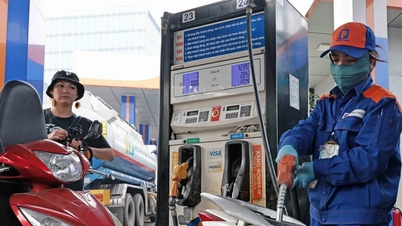

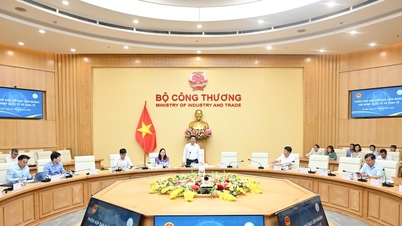

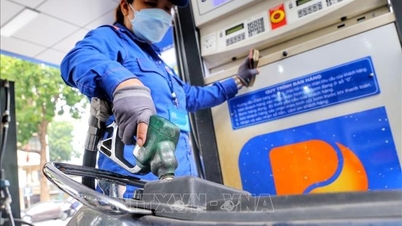
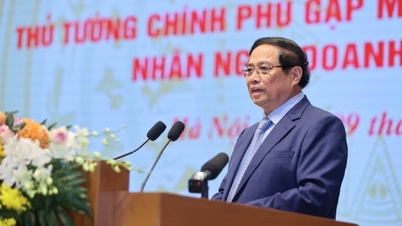


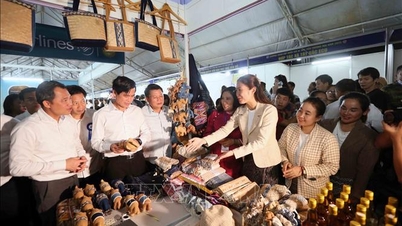


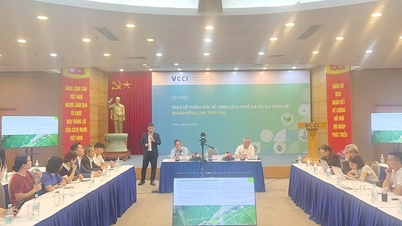








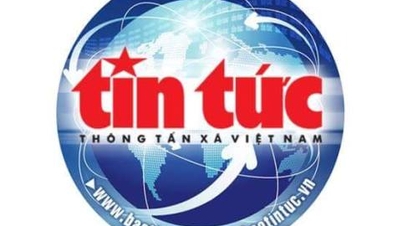

































































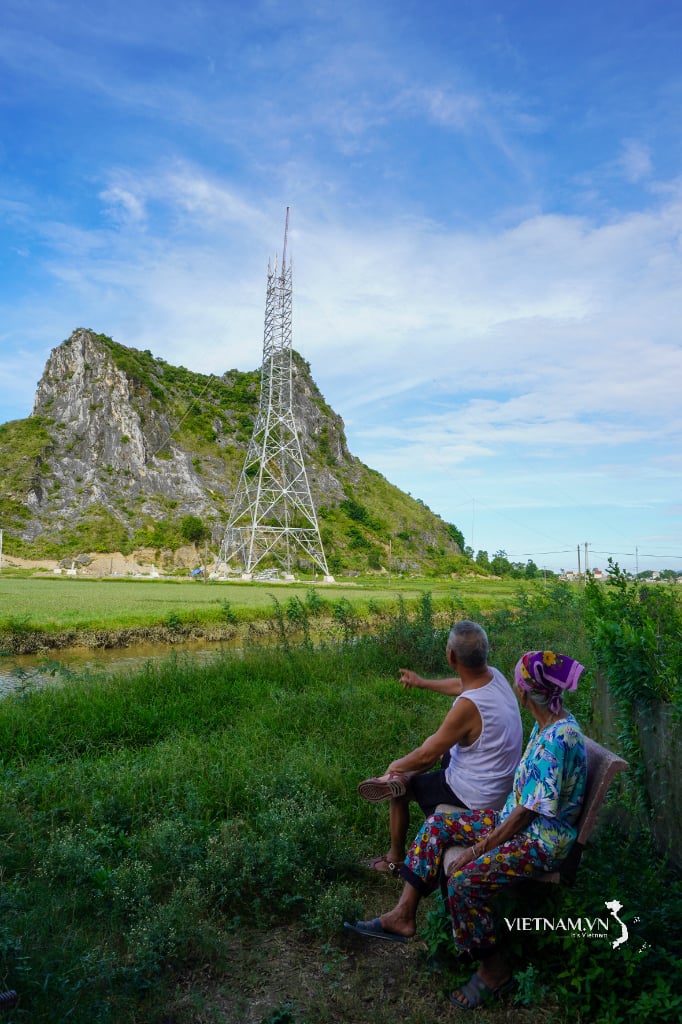



Comment (0)